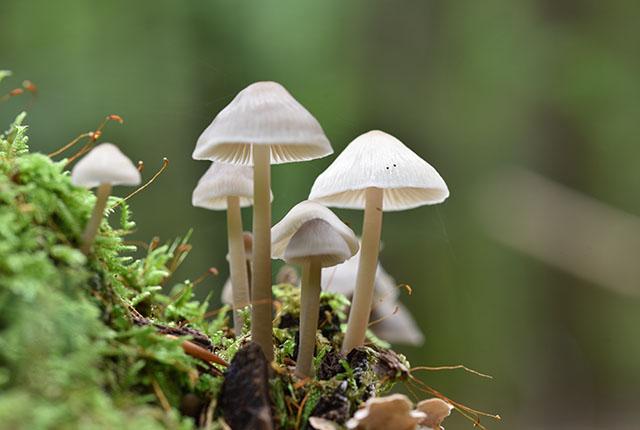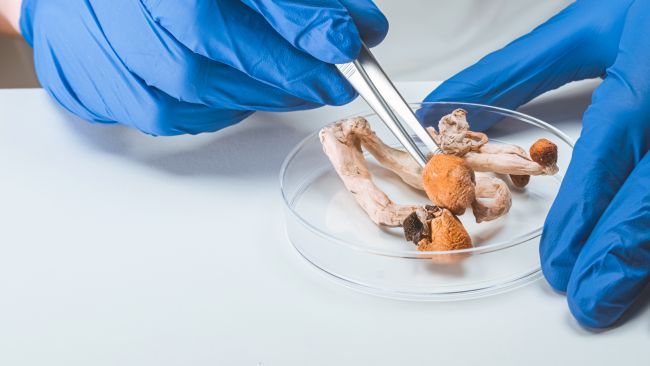
Interest in psilocybin—the psychoactive compound found in certain mushrooms—has surged in recent years. Once confined to underground culture, these fungi are now the subject of serious research exploring their effects on the brain and their potential for treating mental health conditions. But how exactly does psilocybin work, and what does it do to our minds?
What Happens in the Brain When You Take Psilocybin
When you consume magic mushrooms, psilocybin converts into psilocin, the active compound responsible for psychedelic effects. Psilocin interacts primarily with serotonin receptors, especially the 5-HT2A receptor, which plays a key role in mood, perception, and cognition. This interaction disrupts typical brain activity and creates an altered state of consciousness that can include visual distortions, deep emotional insights, and changes in time perception.
But it’s not just about flooding the brain with chemicals. Psilocybin temporarily changes how different regions of the brain communicate. Normally, the brain operates through well-defined networks, each managing specific tasks. Under the influence of psilocin, those boundaries break down, allowing increased cross-talk between areas that usually remain separate.
The Default Mode Network and Ego Dissolution
One of the most notable effects of psilocybin is the disruption of the Default Mode Network (DMN)—a group of brain regions involved in self-referential thinking, daydreaming, and reflection. The DMN is often overactive in individuals with anxiety, depression, and obsessive-compulsive disorder.
When psilocybin dampens this network’s activity, users often report a sense of “ego dissolution”—the feeling of merging with their surroundings or losing the sense of self entirely. This breakdown of rigid thinking patterns is believed to be one reason why psilocybin shows promise in treating mental health conditions. It essentially gives the brain a chance to “reboot” its habitual ways of processing information.
Brain Connectivity and Creativity
Studies using fMRI scans have shown that psilocybin increases connectivity between regions of the brain that don’t typically interact. This enhanced communication allows for a freer flow of thoughts and ideas, which may explain the heightened creativity and insight many users report during a psychedelic experience.
This more open and flexible mode of thinking has parallels with the dream state or meditative experiences, where associations and thoughts move fluidly, unrestricted by normal cognitive filters. It’s one of the reasons scientists believe psilocybin could have long-term benefits in promoting mental flexibility and emotional resilience.

Potential for Lasting Psychological Benefits
What’s especially fascinating is that a single guided experience with psilocybin has shown to produce lasting psychological effects. Users often describe increased openness, reduced fear of death, and a renewed sense of purpose, even months after the session.
Clinical trials have documented significant improvements in conditions such as treatment-resistant depression, post-traumatic stress disorder, and substance use disorders. These positive changes are often attributed not just to the compound itself, but to the deeply meaningful experiences it can generate under the right circumstances.
Conclusion
The science of psilocybin is still evolving, but current findings are both promising and intriguing. By altering how the brain processes information—particularly in areas related to mood, self-identity, and perception—psilocybin opens up pathways for healing, creativity, and self-understanding.
As research continues, this once-stigmatized compound is gaining recognition not just as a psychedelic, but as a potential tool for mental wellness and personal growth. Understanding how it interacts with the brain helps demystify its effects and underscores the importance of responsible, guided use in therapeutic settings.